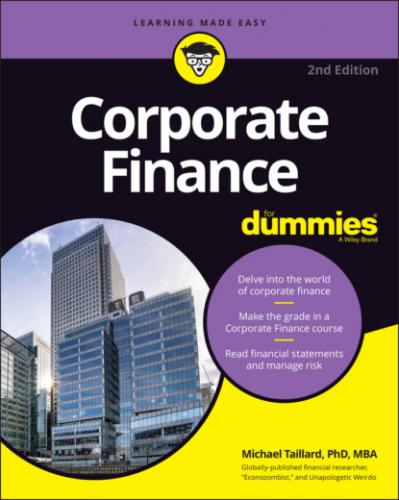When you own stock in a company, you own a part of that company equal to the proportion of the number of shares of stock you own compared to the total number of stock shares. For example, if a company has 1,000 shares of stock outstanding (meaning that this is the total number of shares of stock that make up the entire company) and you own one share, then you own 0.1 percent of that company, including any profits or losses it experiences (because profits belong to the owners of the company). So, when you sell equity to raise cash, what you’re really selling are the rights to a certain amount of control over how the company is managed in addition to your rights to the future profits of that company.
Selling stock to the public
When a company is getting ready to go public, meaning it’s opening up the purchase of equity to the public, it must first put all its records and reports in the proper format. The U.S. Securities and Exchange Commission (SEC) requires that all U.S. public companies follow specific criteria for keeping track of financial information and reporting it to the public. The company must also meet a number of accountability requirements and other more minor requirements. In other words, before becoming a corporation, a business must act like a corporation. Often this includes hiring a consultant or an investment banker to help make sure everything is in order. Then, finally, the company can go through the process of becoming established as a corporation and selling stock.
During the underwriting stage, an underwriter evaluates the value of the company and estimates how much the company needs to raise, how much it should raise, and how much it’s likely to raise. That same person verifies that the company meets all the requirements for being a corporation and selling stock. After that, the company can have its first IPO.
Looking at the different types of stock
Like most aspects of corporate finance, stocks come in many varieties, but no matter which type of stock your corporation has, its value increases or decreases based on the performance of your corporation. Here are three of the main stock types, along with their distinguishing characteristics:
Common stock: If you hold common stock in a corporation, you’re a partial owner, so you get to vote in any decisions regarding company policy, the board of directors, and many other issues. Keep in mind that to be brought to a vote, an issue usually needs to be instigated by one stockholder and then supported by others, at which point a voting form goes out to all stockholders of that company to fill out and return.Holding common stock also gives you rights to a share of dividend payments (profits returned to the company owners) when they’re issued, although this is optional. In case of company liquidation (selling assets after going out of business), common shareholders get whatever value is left over after the lenders and preferred shareholders get what they’re owed. Finally, holding common stock gives you the right to receive specialized reports or analytics from the company.
Preferred stock: If you hold preferred stock in a corporation, you get your dividend payouts in full before common shareholders get even a dime. That holds true for liquidation as well. As with common stock, being a preferred shareholder gives you the right to get information from a company. But the key difference between common and preferred shareholders is that preferred shareholders don’t have voting rights. So, although they have a right to the ownership and success of a company, they have no voice or control over the actions the company takes.
Treasury stock: When a company issues common shares of stock, it has the opportunity to repurchase those shares on the secondary market as any investor does. When a company does so, those common shares become treasury shares. The stock itself hasn’t changed at all; it’s just owned by the company that the stock represents. So, in essence, the company owns itself, which is only one step away from becoming completely self-aware and destroying us all! Companies tend to do this (buy treasury stock, not destroy us all) because they can generate income in the same way that many investors do, but buying treasury stock also allows them to manage their stock price more effectively.
Having Your Wish Granted
Depending on the type of industry you are in, and the interests of those with money, you might be eligible for grants. There are grants from different government organizations, grants from other businesses, grants from universities, grants from special interest groups, and so forth. Generally, they will tell you exactly the kind of work/project they are willing to provide grant function for, in addition to the requirements and process for applying. Ideally, you have an experienced grant writer assist you, but if not, then be prepared to present extensive budgeting and operating information and explain how you can best meet the needs of the organization providing the grant money.
